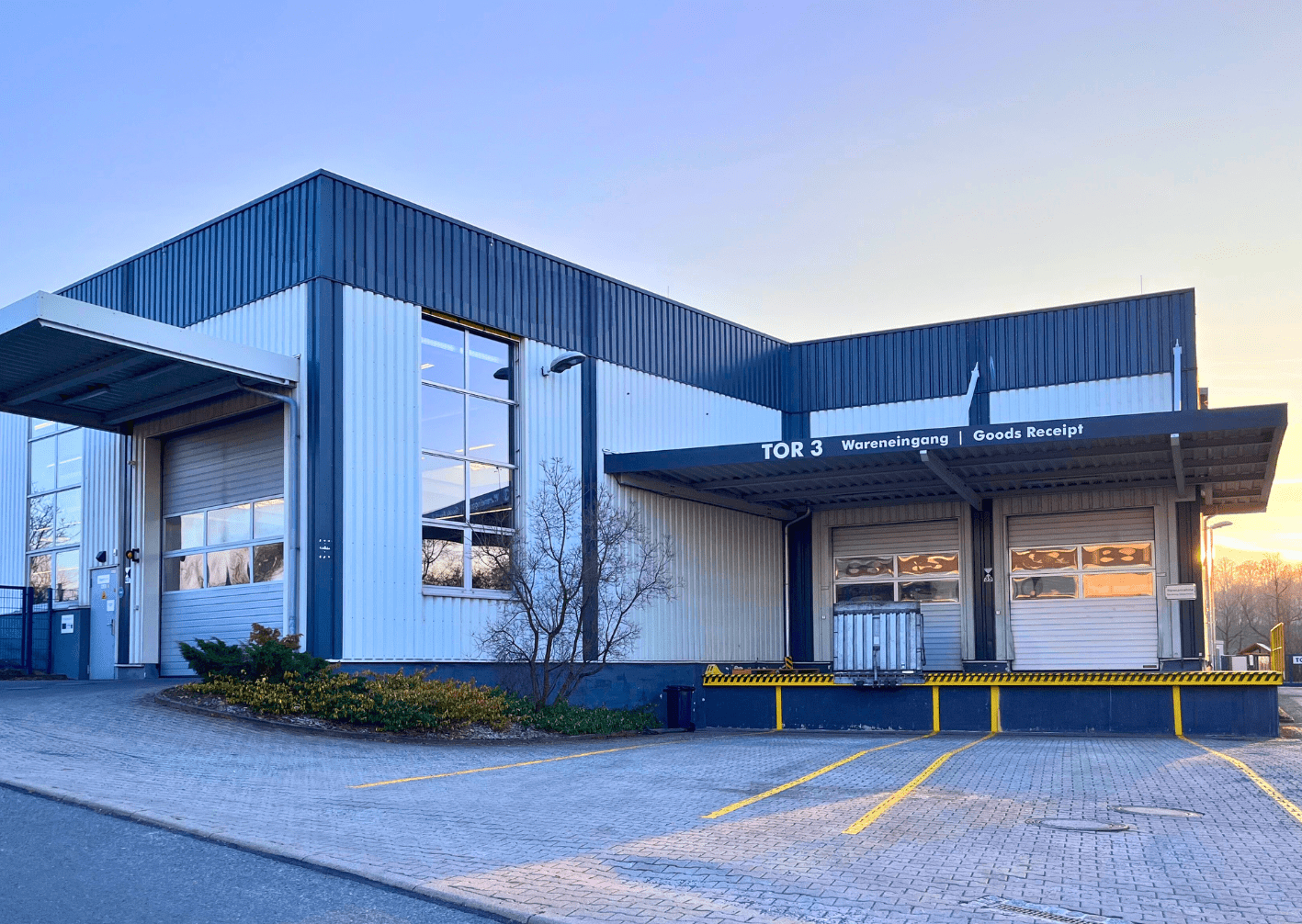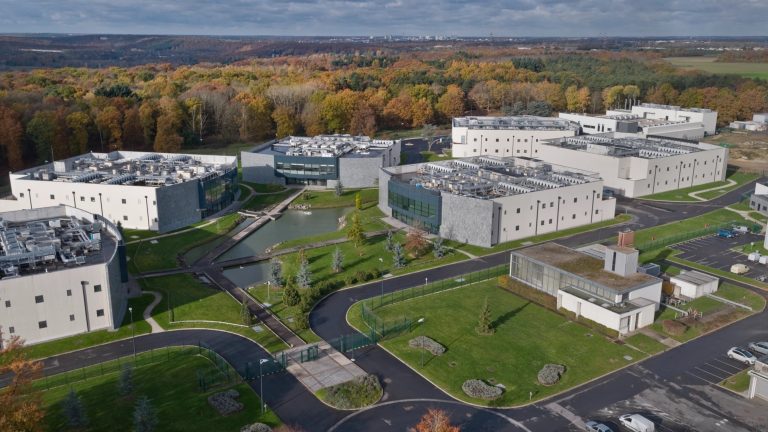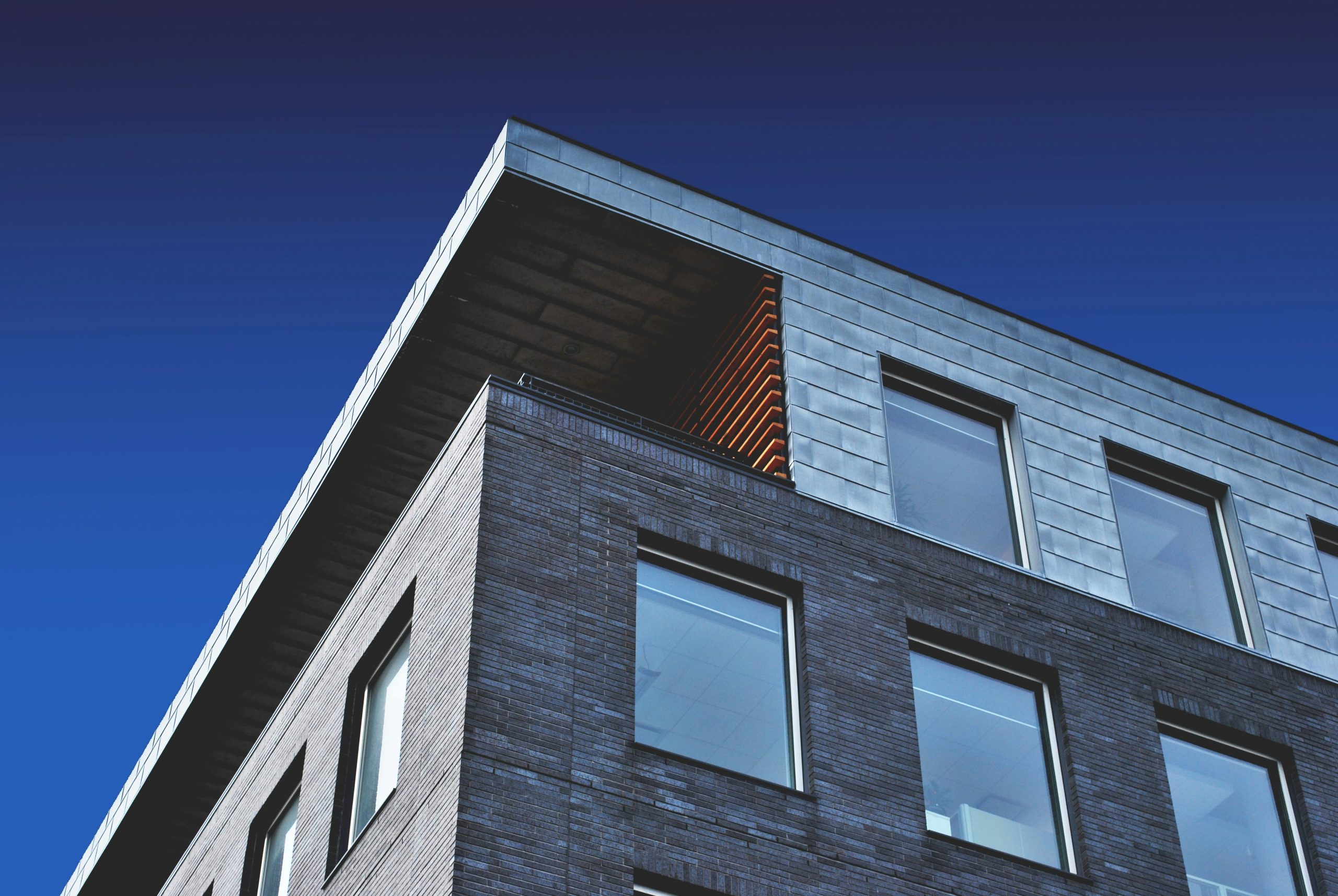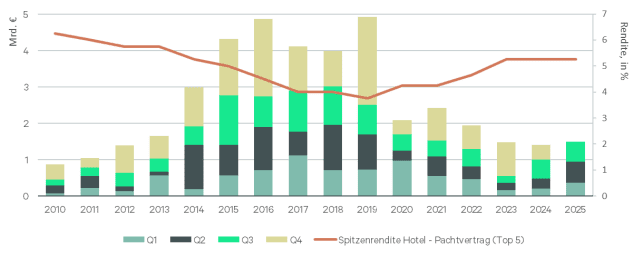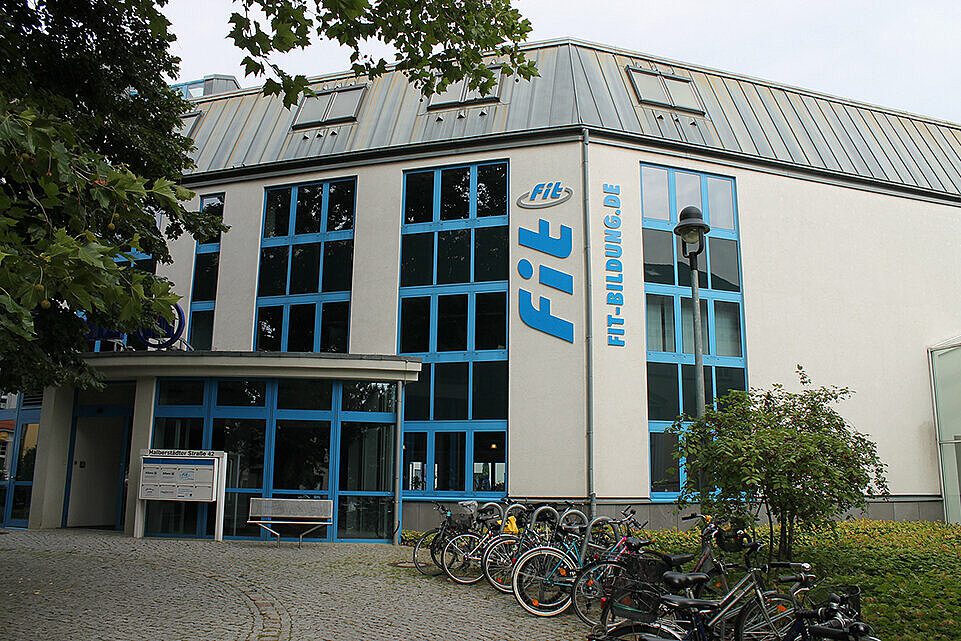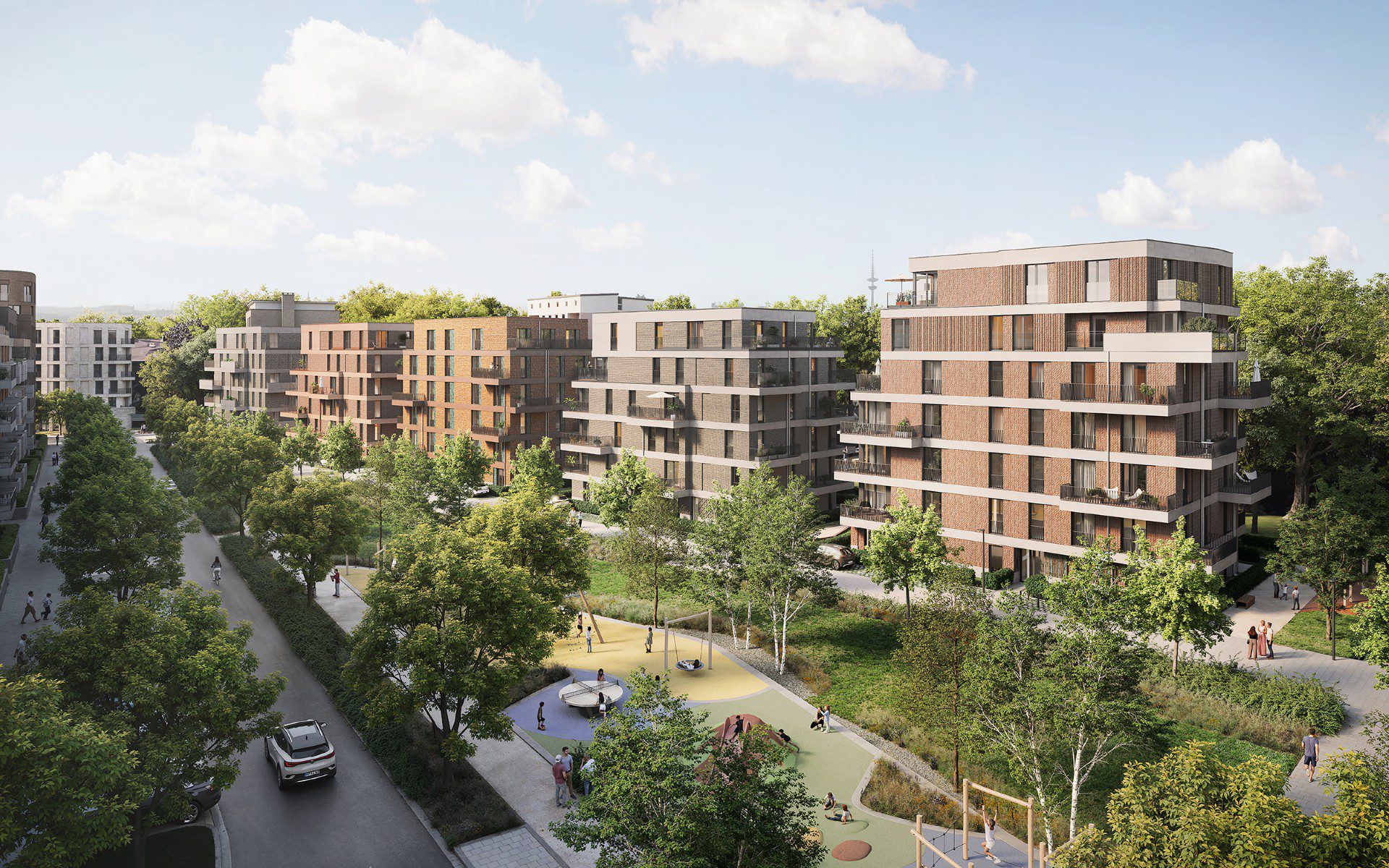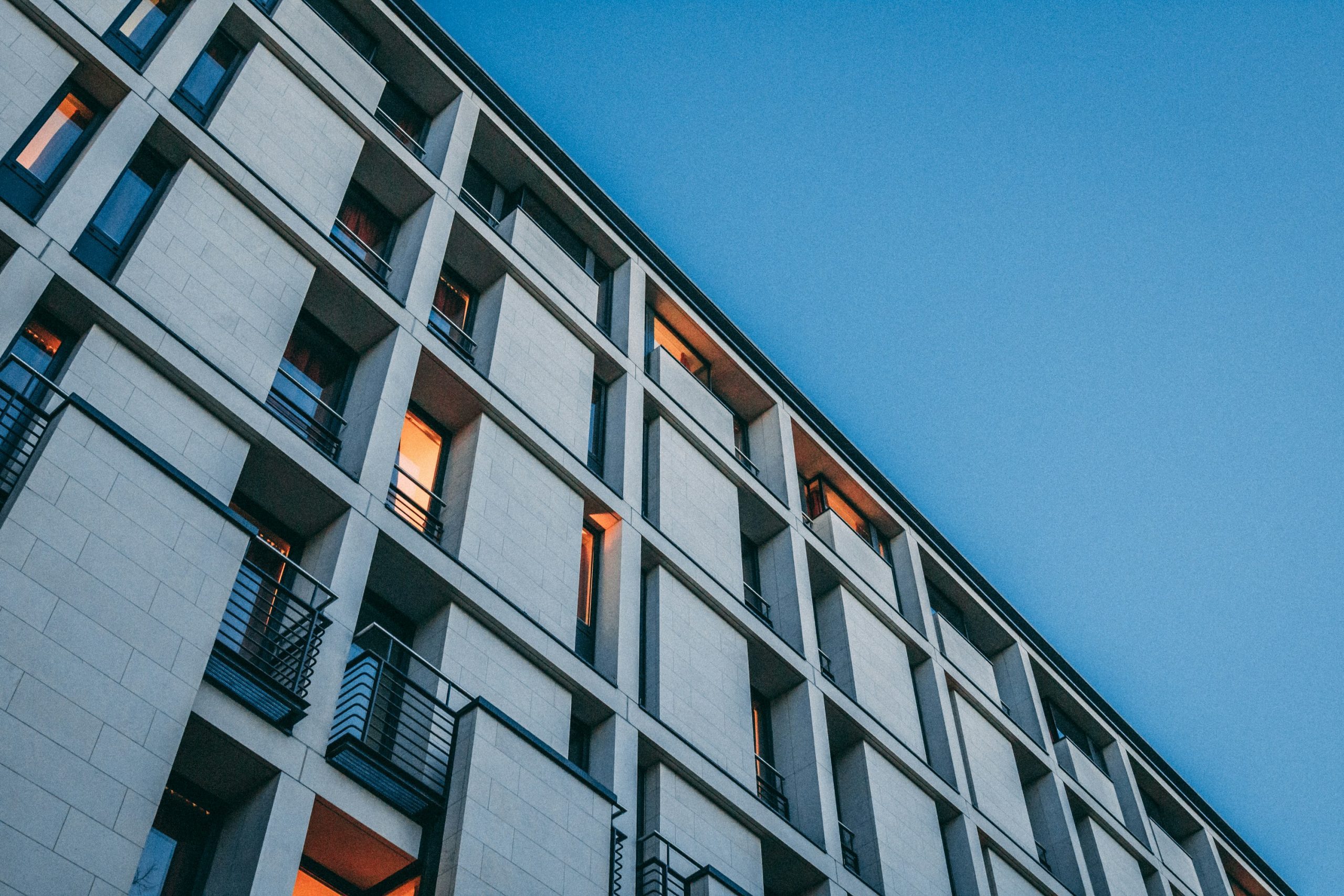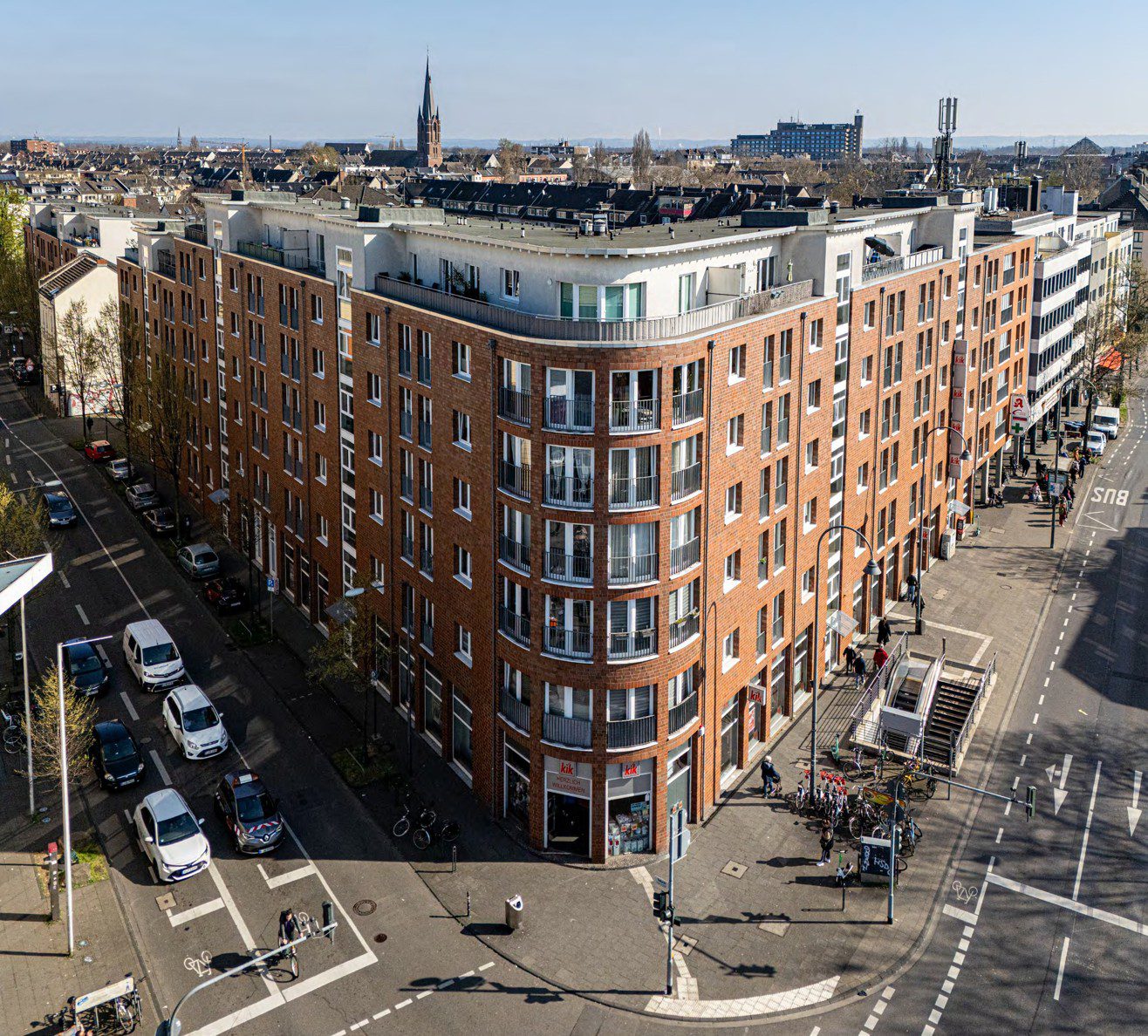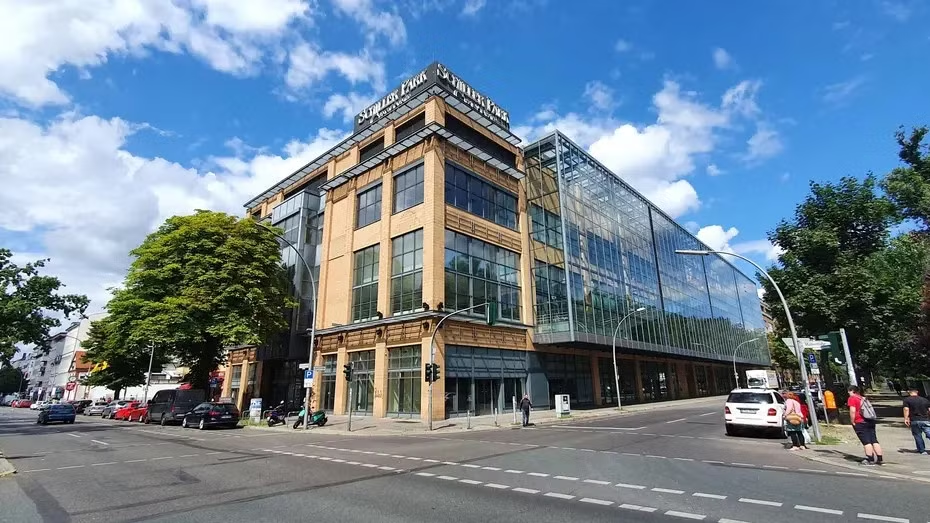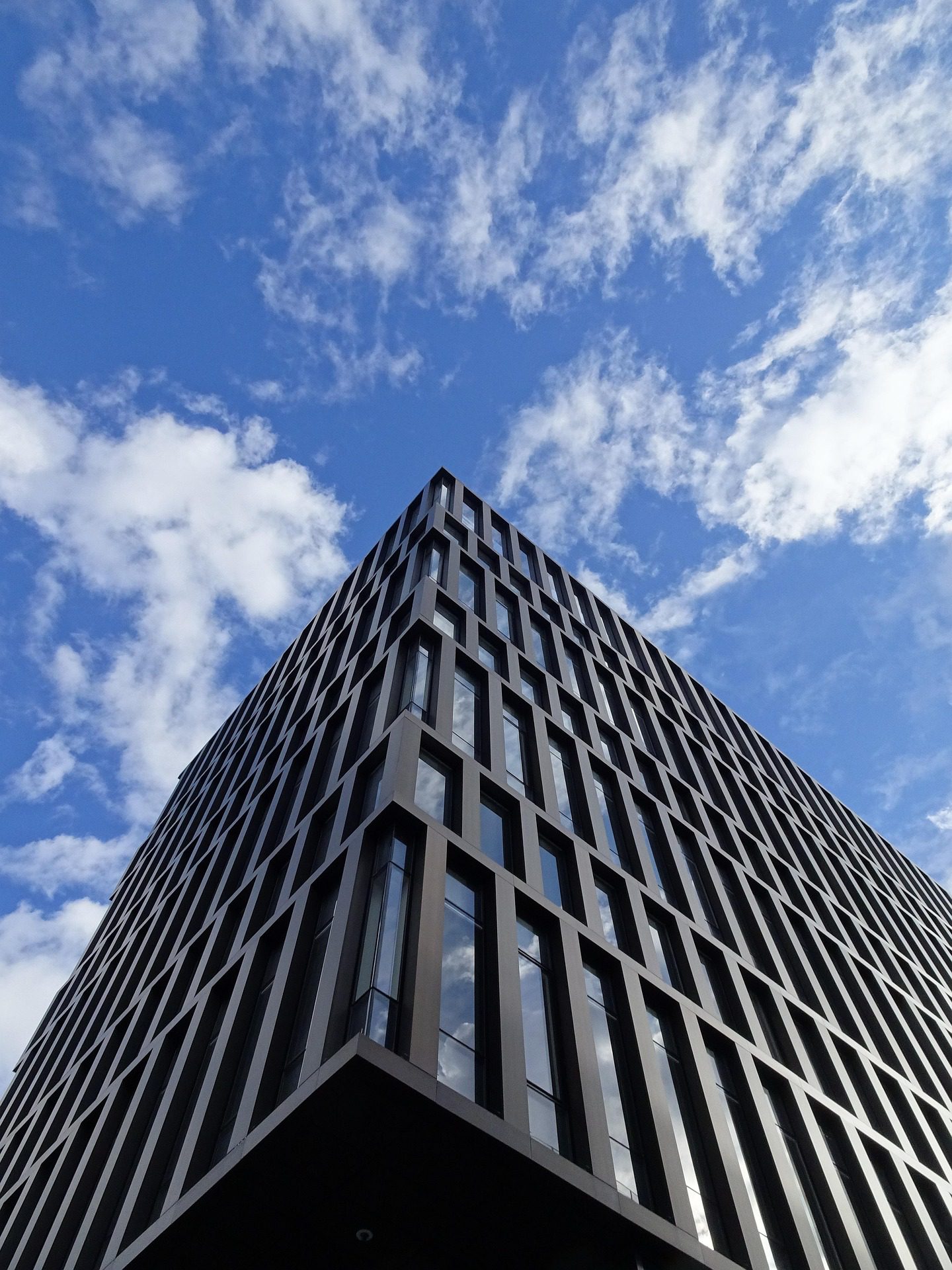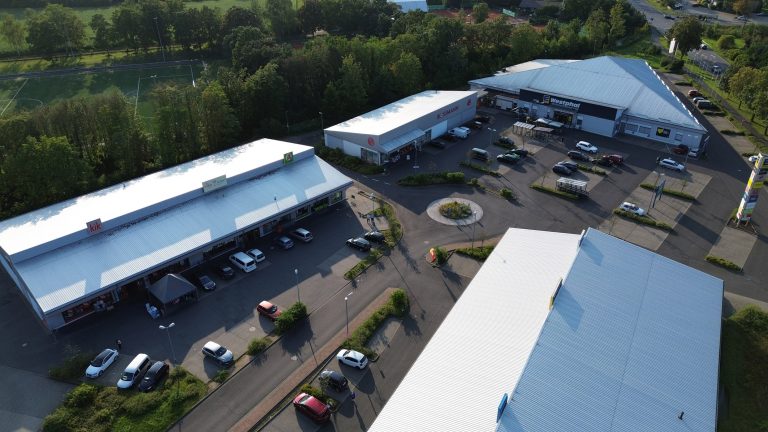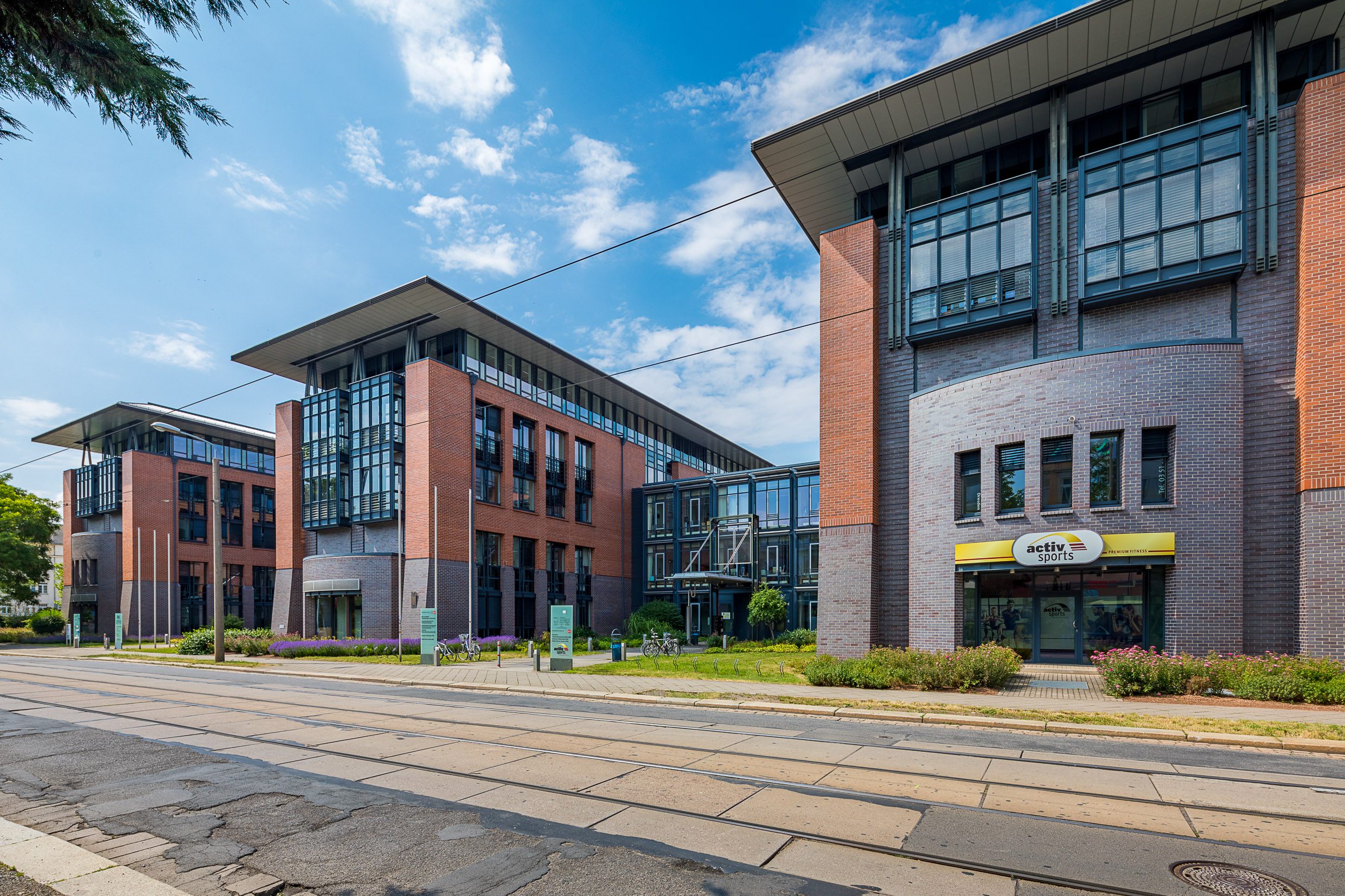According to Colliers, the German hotel investment market reached a transaction volume of around 1.3 billion euros in the first nine months of 2025. This was a significantly better result than in the same period of the previous year (915.4 million euros). The market thus continued its recovery and recorded its highest nine-month value since the beginning of the interest rate turnaround.
Sebastian Hoffmann, Associate Director Hotel at Colliers, comments: “We have noticed that the factors within their product categories have consolidated in recent quarters. The spearhead was represented by the most solid, ESG-ready core products with a factor of 21.5.” This stable foundation is also reflected in the development of the third quarter: Although the investment volume of 487.4 million euros was slightly higher than the previous year’s figure (480 million euros), this represents a decline of 11 percent compared to the strong second quarter of 2025 (546 million euros). This confirmed the trend that the third quarter is traditionally weaker in the course of the year.”
Hotel investment market strengthens position
The hotel investment market significantly strengthened its position in the first nine months of 2025. With a current share of 8 percent of the total commercial investment volume, the usage class is well above the level of the pandemic years (around 3 percent) and also above the pre-crisis average of around 6 percent. This underlines that hotels have noticeably gained in importance again in the investor focus.
Large-volume transactions will continue to shape the market in 2025
In the first nine months of 2025, transaction volume increased by 44 percent and the number of purchases by 33 percent year-on-year, indicating strong demand for large-volume deals. In the third quarter, volume fell slightly by 11 percent, while the number of deals increased by 72 percent – an indication that smaller transactions increased in the short term, but that the large deals continued to dominate the market over the course of the year.
The Keystone portfolio of over 100 million euros, consisting of 17 hotels of the ibis and Mercure brands, made an important contribution to the market recovery. The average ticket size was around 15.7 million euros, with smaller volumes of less than 10 million euros still accounting for 19 percent. The geographical shift is also striking: In the third quarter, the focus of transactions increasingly shifted to locations outside the top 7 cities, especially in the extended metropolitan area and the surrounding areas of established major cities. This underlines the increasing diversification of investor strategies.
Owner-occupiers from Germany dominate
The most active group of buyers is made up of owner-occupiers, who invest primarily in 3- and 4-star hotels with a market share of 45 percent. Boarding houses also established themselves as a sought-after asset class with a share of 19 percent. The high proportion of German investors, which accounts for around 68 percent of the transaction volume, is striking. Demand was predominantly concentrated in core and core-plus properties, while value-add strategies continue to be selectively pursued.
Prime yields remain stable in the third quarter
Prime yields remained stable in the first nine months at around 4.70 to 5.50 percent. Individual transactions once again exceeded the threshold of the 20-factor and paved the way for a strong final quarter. Value-add strategies are increasingly focusing on office-to-hotel conversions.
Outlook: Strong year-end business thanks to conversion projects
Hoffmann: “Conversions remain a key growth area in the hotel market. We are observing that large hotel chains are increasingly gearing their expansion strategies towards the conversion of existing properties – vacant office buildings in particular offer considerable potential for creating additional hotel capacity. The now stabilized interest rate environment creates a solid foundation for investments – we see several large-volume transactions and portfolios in the pipeline, indicating strong year-end business. This trend will continue to shape the hotel investment market in the coming years.”



